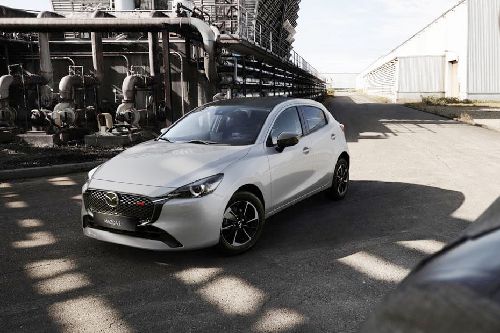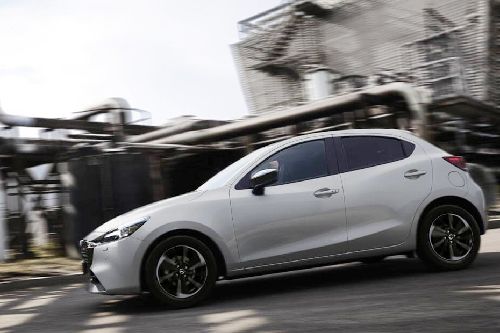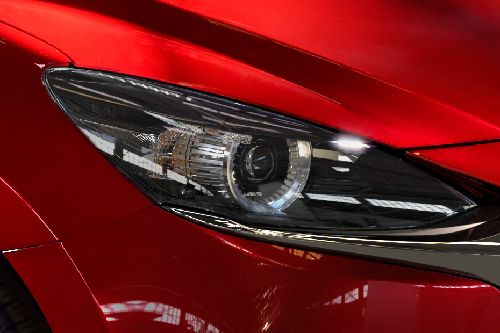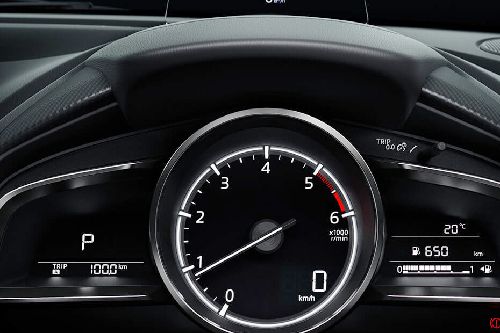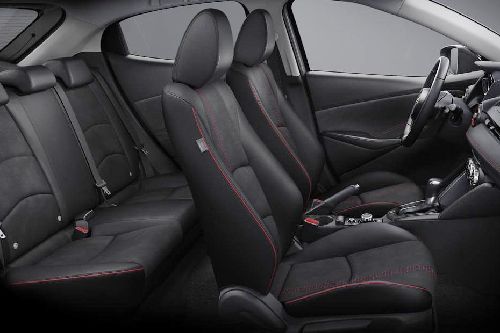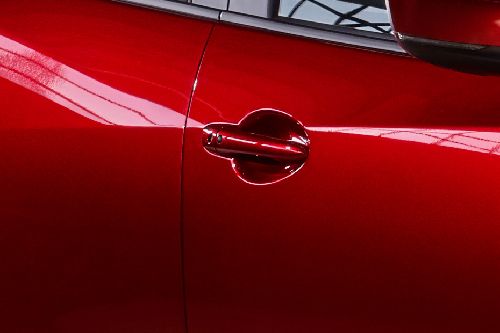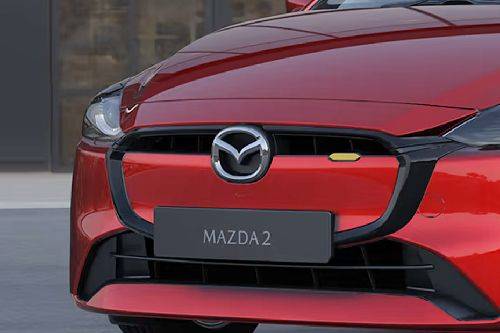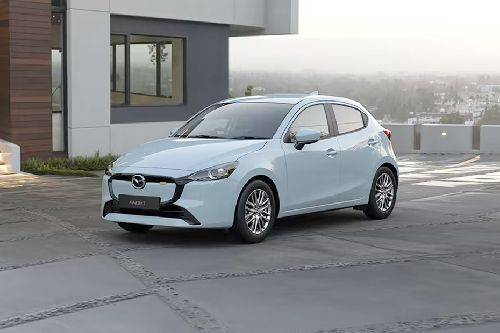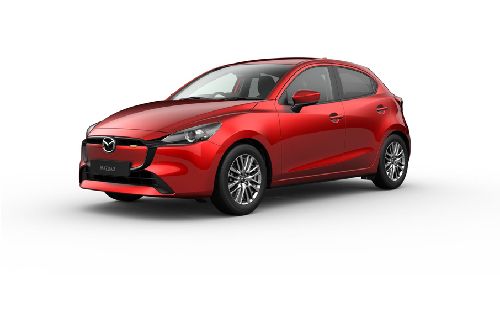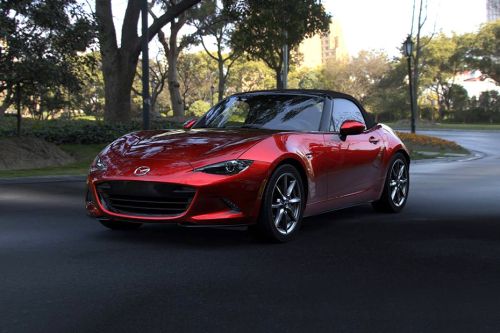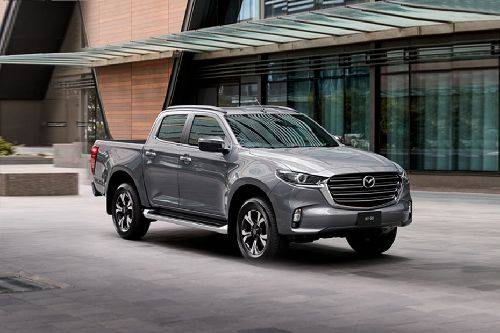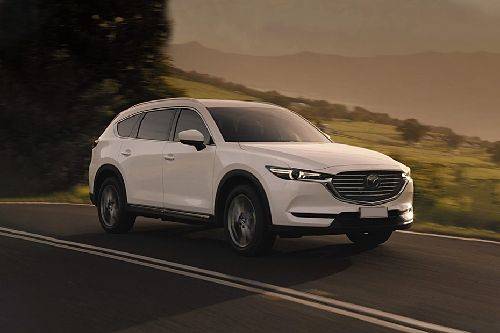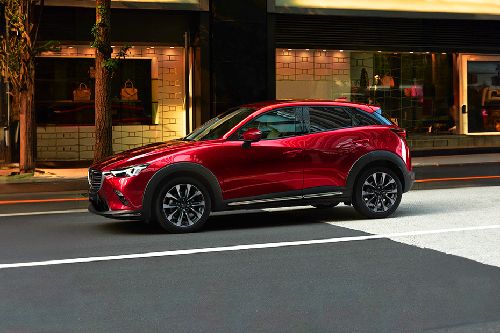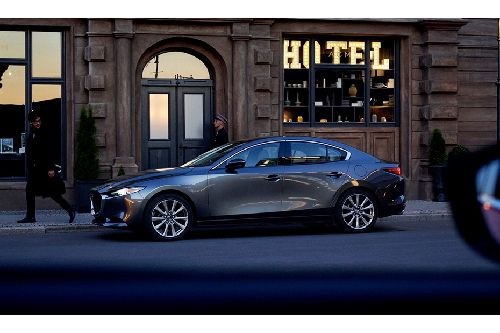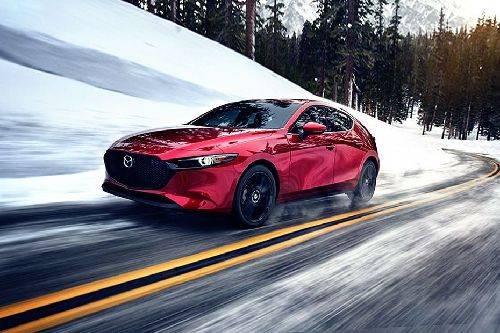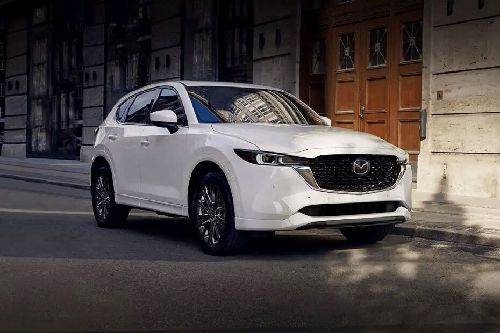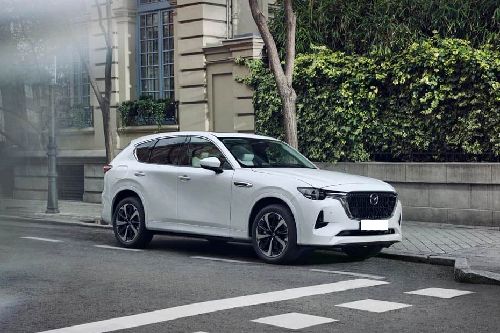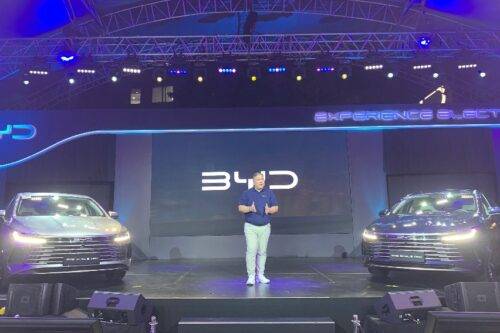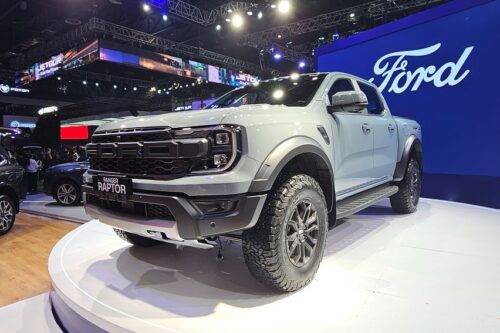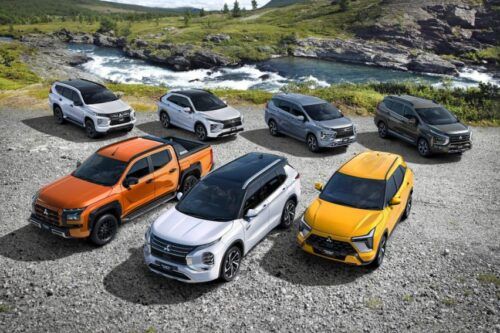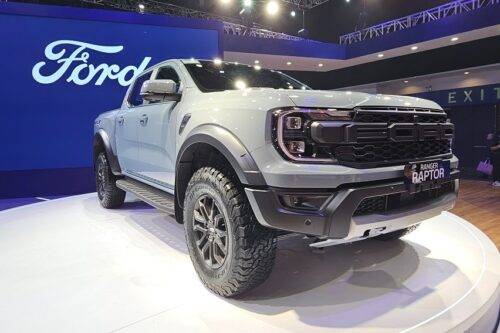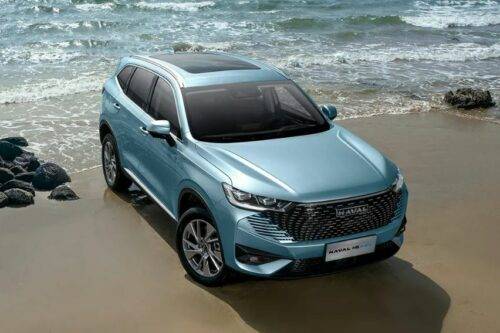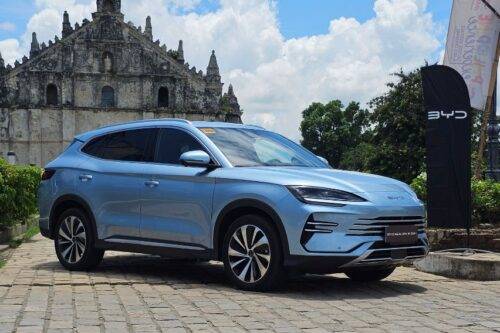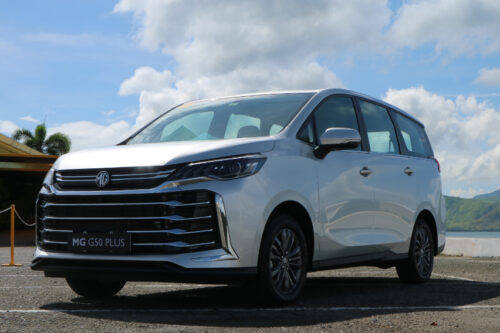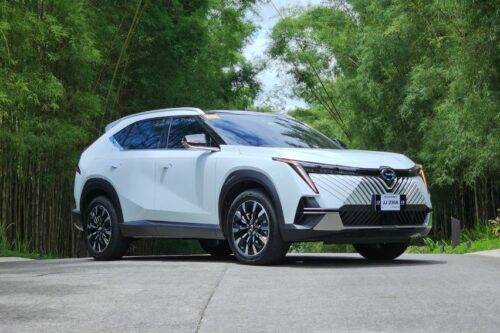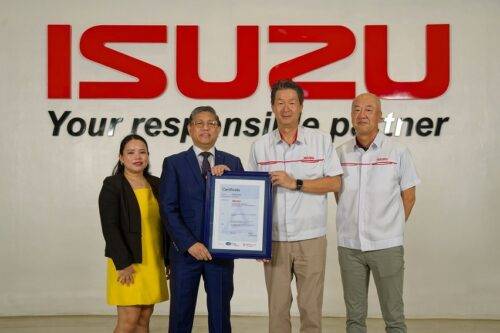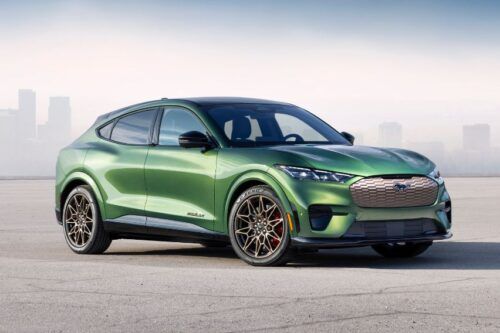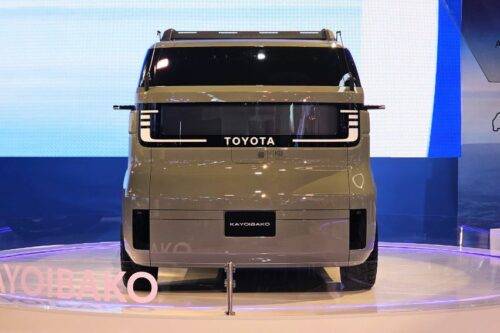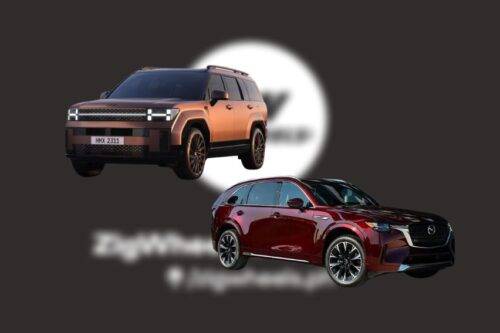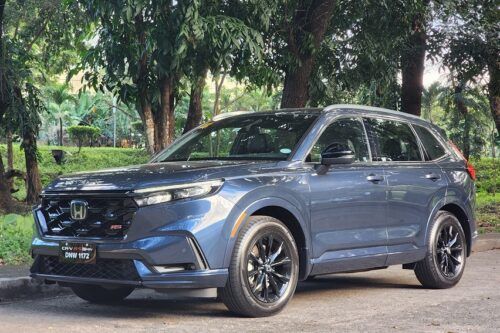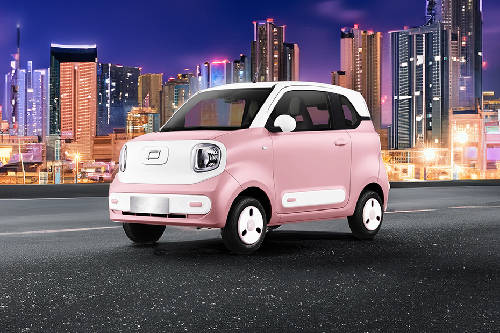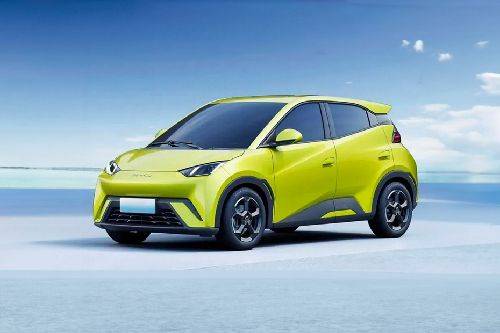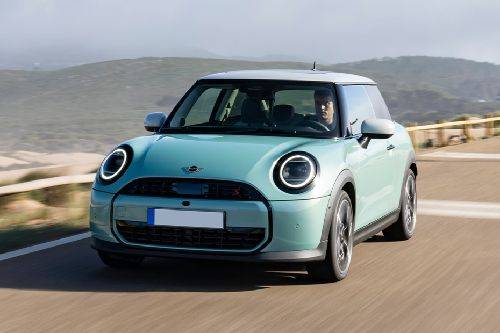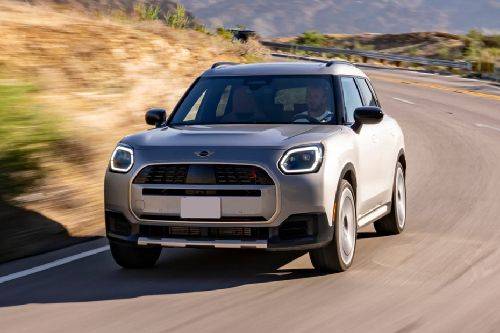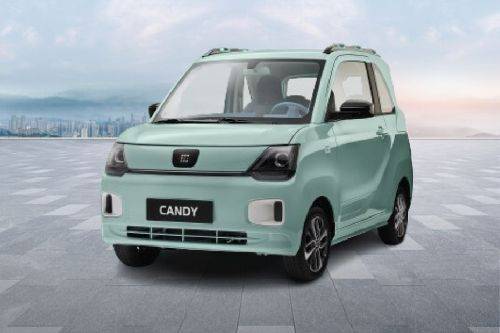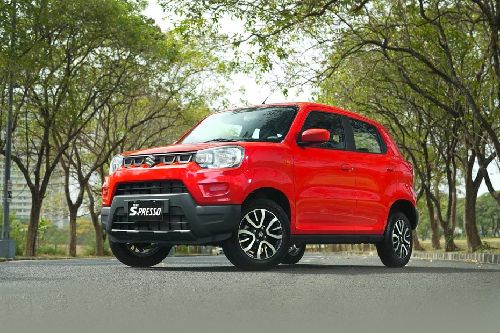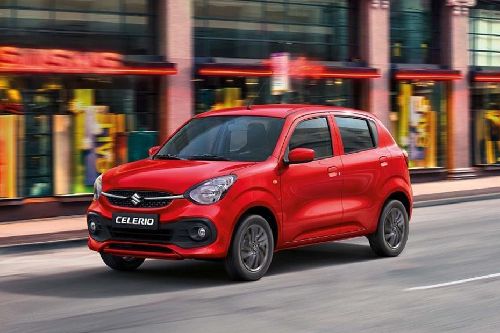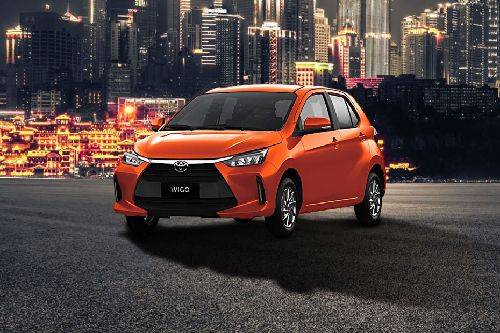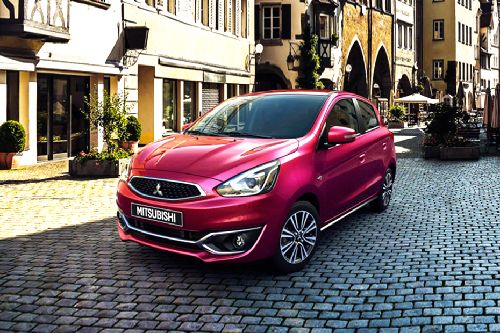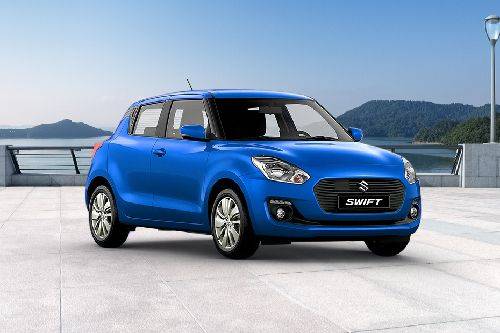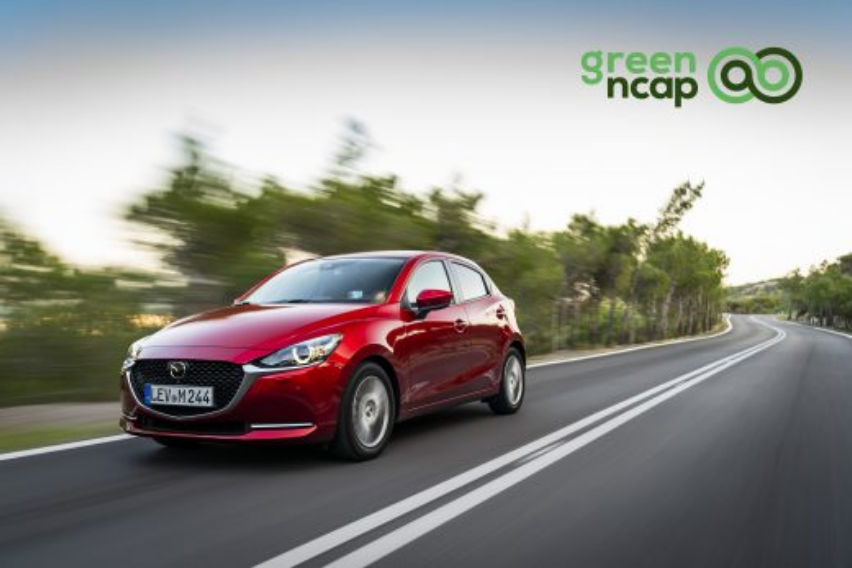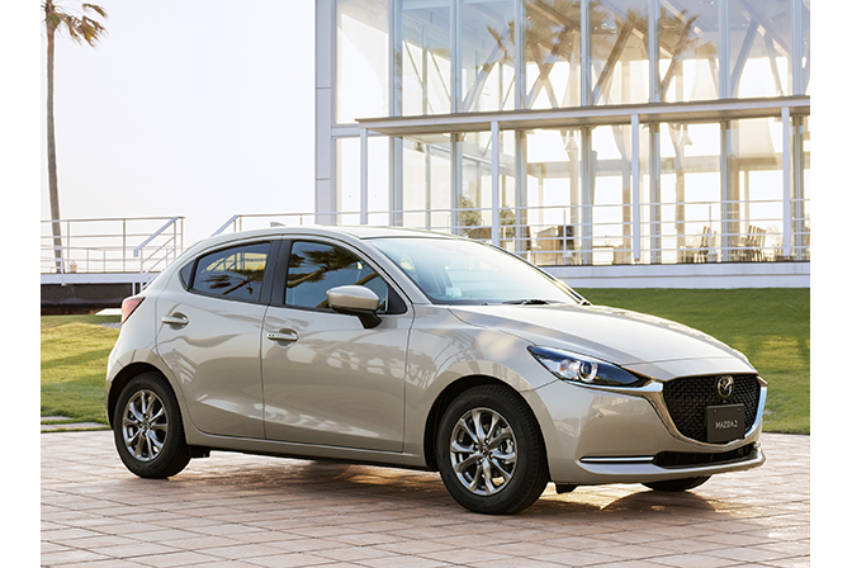Biodiesel-powered Mazda2 to compete in Super Taikyu Series
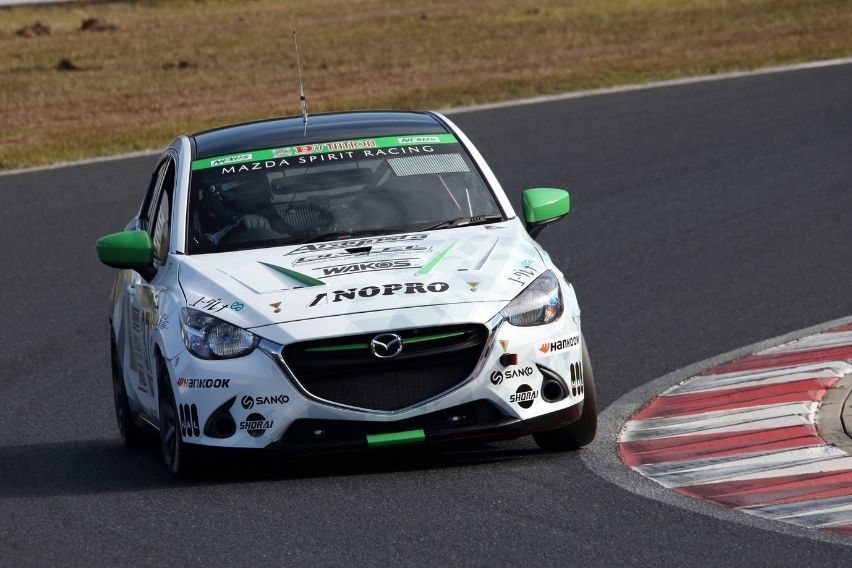
MANILA: The Mazda2 Bio concept is set to join Japan’s premier domestic endurance racing series. It is a Skyactiv-D diesel-powered Demio/Mazda2 production race car that will be fueled by Susteo, a 100% bio-derived next-generation biodiesel produced by Japanese firm Euglena Co. Ltd.
KEY TAKEAWAYS
When will the Super Taikyu Series begin?
The first round of the Super Taikyu Series will be held on March 19 at Suzuka, Japan.What is Mazda's multi-solution approach?
Mazda's multi-solution approach considers all available solutions in order to achieve climate neutrality while also catering to individual mobility demands and regional conditions.The Super Taikyu Series consists of seven rounds, with the first one taking place on March 19 at Suzuka. The major event is the 24 Hours of Fuji that will be held in June, with the subsequent races lasting five or six hours. There are classes for GT3, GT4, and TCR bespoke cars, as well as five classes for production-based cars.
Mazda Motor Corporation exhibits its continuous support for the use of next-generation biodesel as a means of achieving carbon neutrality by participating in the ST-Q class with a Demio/Mazda 2 that runs on this kind of fuel. When the Demio/Mazda2 joined the Super Taikyu Race last November, Mazda proved the potential of the 1.5-liter Skyactiv-D-powered car with Euglena’s 100% bio-based fuel derived from used cooking oil and microalgae fats.
This year, the biodiesel-powered Mazda2 will compete in the entire series with a new silver livery, while Mazda will also participate in the ST-5 production class with a Skyactiv-G petrol-powered MX-5.
Mazda is implementing a comprehensive strategy known as the multi-solution approach, which considers all available solutions in order to achieve climate neutrality while also catering to individual mobility demands and regional conditions. Mazda plans to expand its powertrain selection by investing in conventional hybrids, diesel engine models, pure electric vehicle models, and plug-in hybrid models, while also promoting projects in renewable fuels such as 100% bio-based fuels.
Existing biodiesel fuels compete with food crops, whereas next-generation biodiesel fuels, which are generated from sustainable raw materials like microalgae fats and used cooking oil, do not. There is no need for additional fuel supply infrastructure because these fuels may be used as alternatives to diesel fuel in existing cars and equipment without requiring any modifications. Biodiesel fuels are expected to play a significant role in promoting carbon neutrality as an excellent liquid fuel source.
Mazda is a member of the Hiroshima “Your Green Fuel” prohect, a joint initiative of the Hiroshima Council for Automotive Industry-Academia-Government Collaboration and Euglena Co. Ltd. aimed at promoting the use of next-generation biofuels. The initiative intends to create a paradigm for regenerating regional communities by preserving the entire value chain of carbon-neutral fuels within Hiroshima, from the production and supply of raw materials to fuel use.
Photos from Mazda Motor Corporation
Also read: Updated Mazda MX-5 sports new suspension tech, offers more options
Sell your car at the best price
 Verified and genuine buyers
Verified and genuine buyers
-
Explore Mazda 2 Hatchback
Mazda Car Models
Don't Miss
PIMS 2024
- Latest
- Popular
You might also be interested in
- News
- Featured Stories
- Latest
- Popular
Latest Mazda 2 Hatchback Car Videos on Zigwheels

Compare & Recommended

|

|
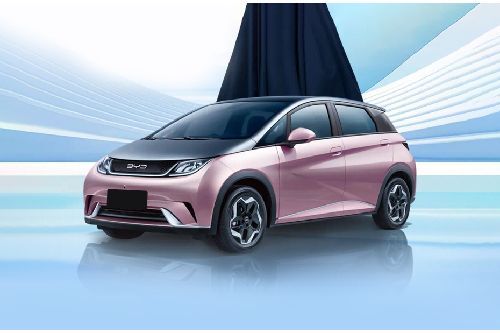
|
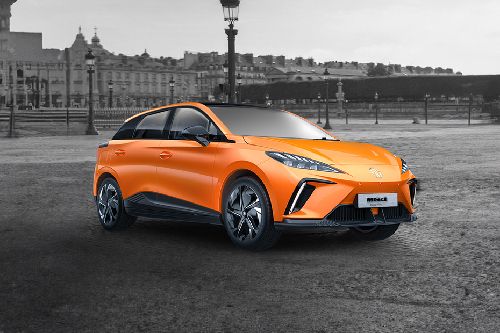
|
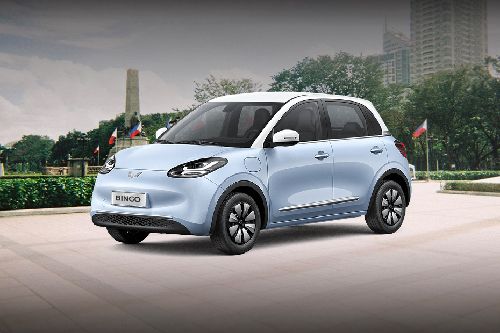
|
|
Fuel Type
Gasoline
|
Gasoline
|
Electric
|
Electric
|
Electric
|
|
Engine
1496
|
1498
|
-
|
-
|
-
|
|
Power
108
|
108
|
94
|
170
|
41
|
|
Transmission Type
Automatic
|
Automatic
|
Automatic
|
Automatic
|
Automatic
|
|
Battery Capacity
-
|
-
|
44.9 kWh
|
51 kWh
|
17.3 kWh
|
|
AC charging (0-100%)
-
|
-
|
8 Hours
|
4.5 Hours
|
9 Hours
|
|
DC Charging
-
|
-
|
(30-80%) In 28 Minutes
|
(10-80%) In 26 Minutes
|
(30-80%) In 35 Minutes
|
|
Driving Range
-
|
-
|
405 km
|
350 km
|
203 km
|
|
|
Trending Hatchback
- Latest
- Popular
Mazda 2 Hatchback Car Articles From Carmudi
- journal



